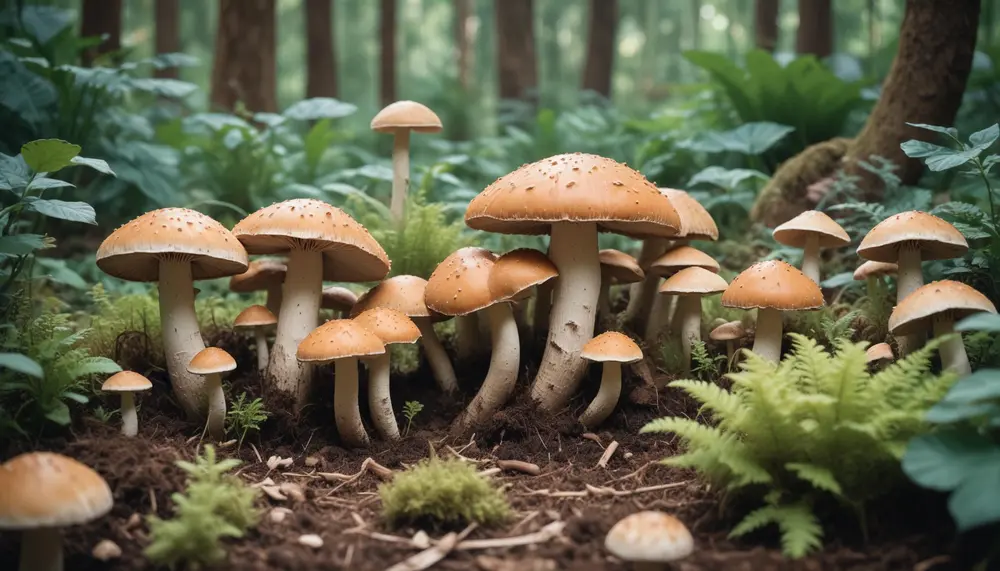

Mushroom cultivation at home has become a popular hobby and even a profitable venture for many. Like all good things, success starts with the right foundation. For mushrooms, that foundation is the substrate: the “soil” that provides all the nutrients they need to grow. The success of growing mushrooms heavily depends on selecting the right substrate.
The substrate serves as the “food” for the mushrooms, providing them with the nutrients they need to grow and produce fruiting bodies. In this guide, we’ll explore the best substrates for home growers and how to choose the one that suits your mushroom variety and setup.
Hardwood sawdust is one of the tried-and-true options for growing gourmet mushrooms like shiitake, lion’s mane, and oysters. Think of hardwood sawdust as a slow-burning, nutrient-packed feast for your mushrooms. The lignin-rich content of hardwood encourages steady growth, giving your mushrooms all they need to reach their full potential.
Straw is one of the simplest and most affordable substrates, making it a favorite among hobbyists, especially those growing oyster mushrooms. The airy structure of straw allows the mycelium to spread quickly, while its balance of moisture retention helps mushrooms grow strong.
Check: Straw Pasteurization for Mushroom Cultivation
Do you love your morning coffee? Well, so do mushrooms! Coffee grounds, with their nutrient-dense profile, can be an excellent substrate for mushrooms, particularly oysters. And the best part? You’re giving a second life to something you’d otherwise toss out.
Coco coir, derived from coconut husks, has become a popular option for indoor mushroom growers. It’s clean, easy to handle, and holds moisture well. When paired with vermiculite, it creates a light, fluffy environment that encourages mushroom growth without becoming waterlogged.
For centuries, manure has been the go-to substrate for growing button mushrooms and portobellos. Although it may not sound glamorous, aged manure provides a rich blend of nutrients that mushrooms feast on. Properly aged manure is key, as fresh manure can be too harsh and slow down mushroom growth.
If you’ve got a bit of space outdoors, wood chips might be your ideal substrate. They break down slowly, offering a long-lasting food source for your mushrooms. Plus, they mimic the natural forest floor environment that many mushrooms love.
You can check my detailed article Grow Mushrooms on Wood Chips – Proper Guide
Ever wondered if your household paper waste could serve a higher purpose? It can. Mushrooms, particularly oyster mushrooms, can break down cellulose, making paper waste a surprisingly effective substrate. Plus, it’s a great way to reduce what you send to the landfill.
When it comes to choosing the best substrate, there’s no one-size-fits-all answer. The type of mushroom you want to grow, your space, and even how much effort you’re willing to put into preparation all play a role in the decision. Oyster mushrooms, for example, are flexible and can thrive on a range of materials, while shiitake prefers hardwood.
Ask yourself:
There is another substrate which I do not recommend for home use unless you have enough space in the backyard and you have woods too.
Logs, especially from hardwood trees like oak, maple, and beech, provide an ideal food source for certain types of mushrooms. The wood offers lignin, cellulose, and other nutrients that mushrooms need to develop. Once inoculated with mushroom spawn, the mycelium colonizes the log, and over time, mushrooms begin to fruit.
You can check my detailed article: How to Grow Mushrooms on Logs